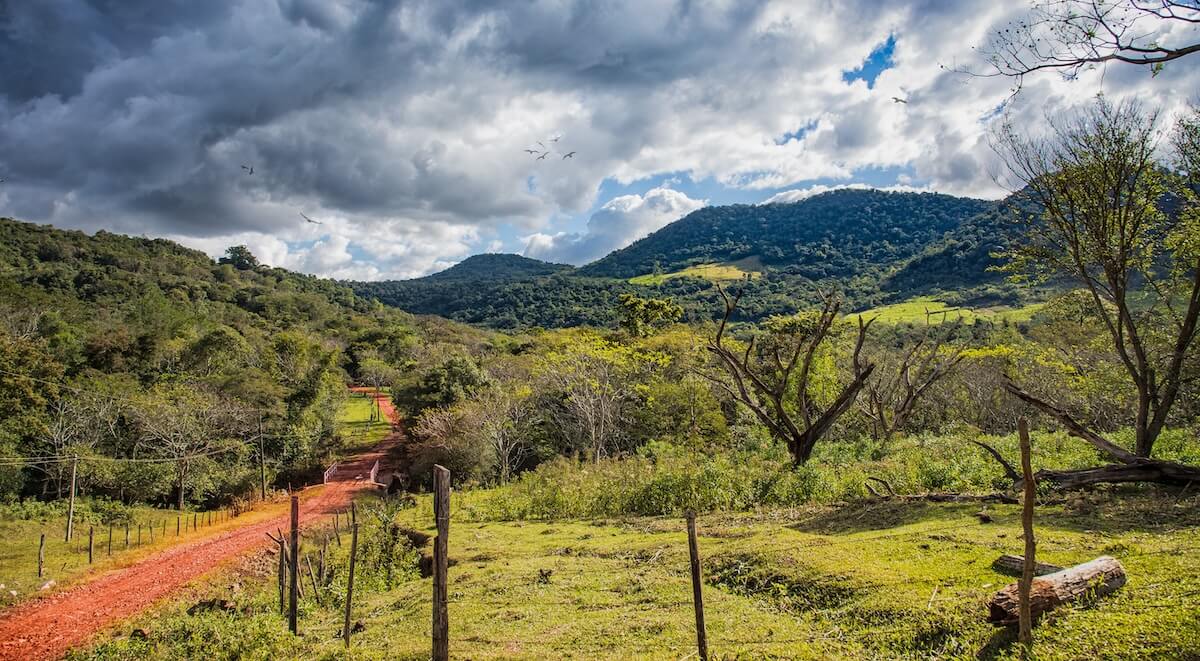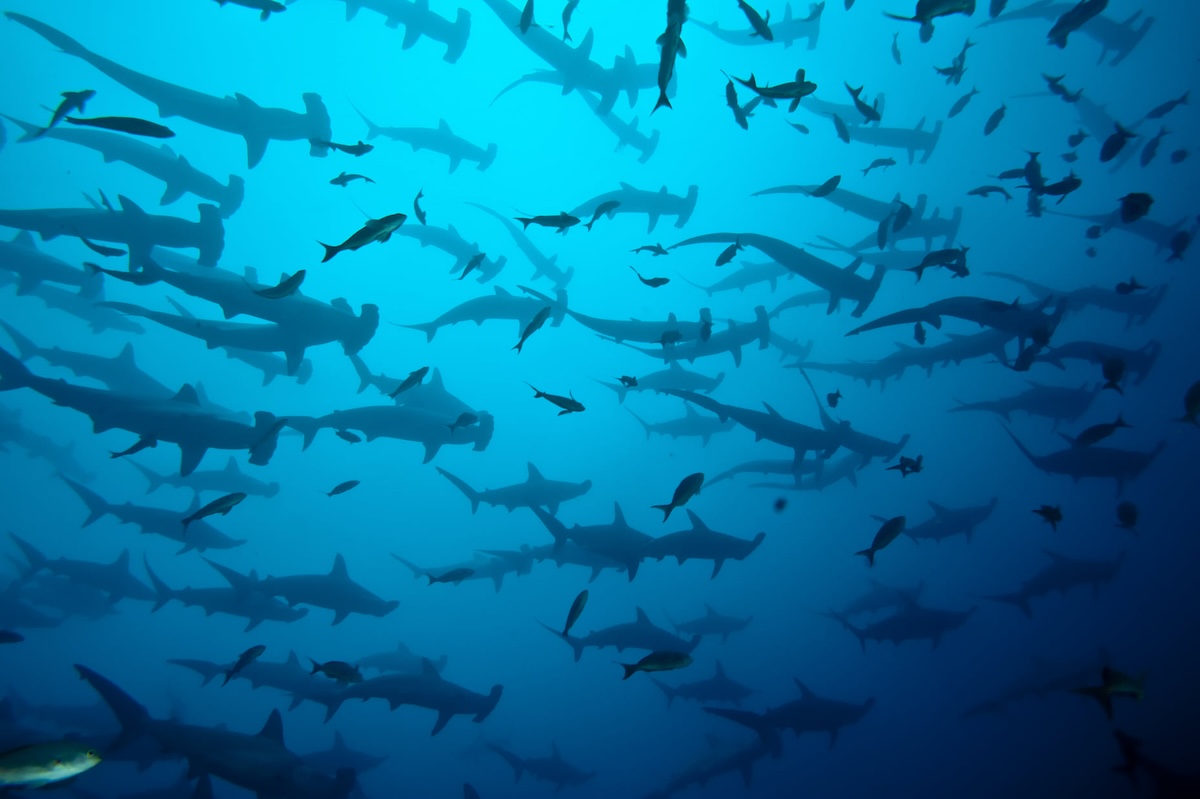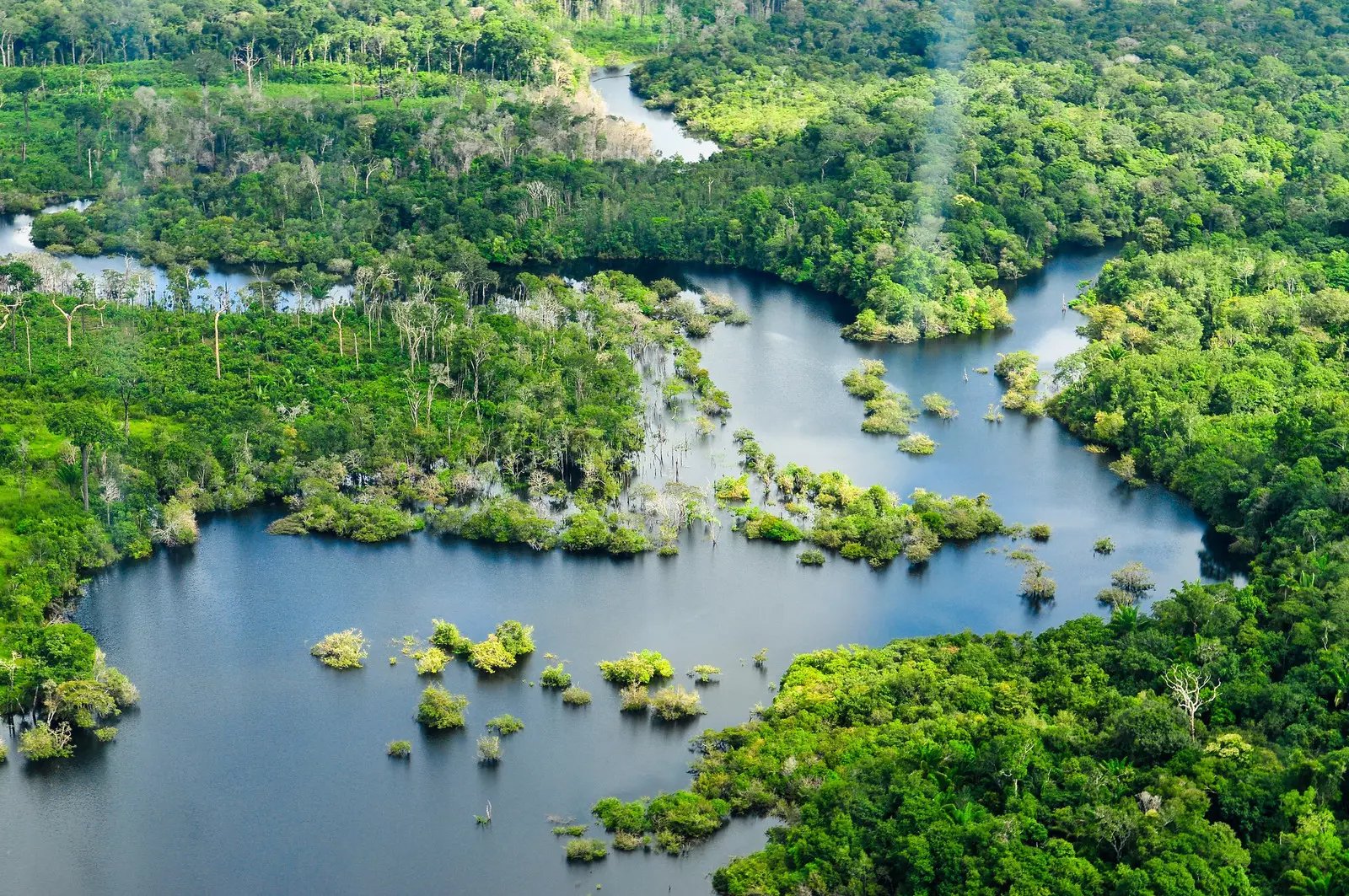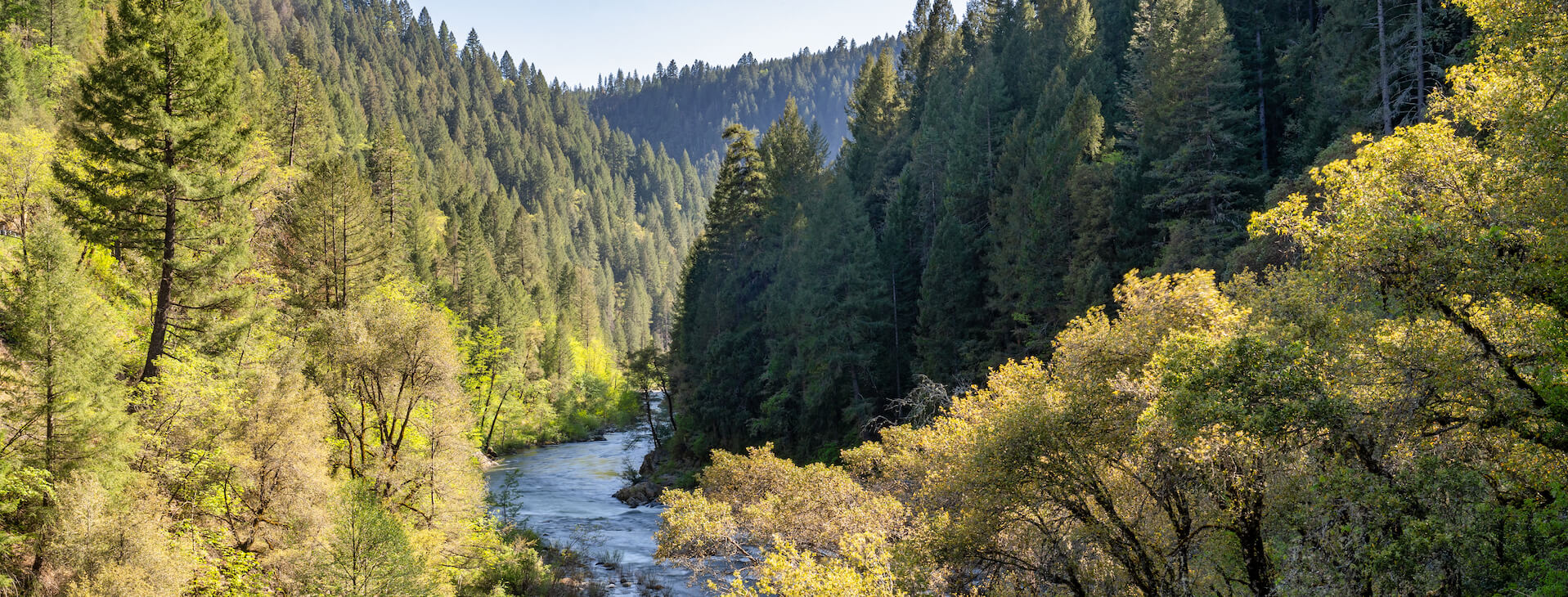ImpactAlpha, Feb. 4 – Nature is an asset – and we are failing as asset managers. That was the stark message of a sweeping report from the U.K. government.
“The extent to which we have collectively degraded the biosphere has created extreme risks and uncertainties, endangered our economies and livelihoods, and given rise to existential risks for humanity,” writes University of Cambridge’s Sir Partha Dasgupta, lead author of the report.
The Dasgupta Review frames biodiversity in dollars and cents (or pounds and pence) to back up scientists who have been sounding the alarm, mostly unheeded, about species collapse and the runaway degradation of ecosystems.
About half of global GDP – some $44 trillion – depends on nature, says the World Economic Forum. A decline in bees and other pollinators, for example, would affect crops worth up to $577 billion annually. Yet exactly zero of the world’s 75 largest asset managers have a dedicated investment policy on biodiversity, according to ShareAction.
Another notable omission: Larry Fink of BlackRock’s much-read annual letter made no mention of biodiversity or deforestation.
Dasgupta calls for an accounting system that values natural assets on par with produced and human capital. Biodiversity, the report says, enables nature to be “productive, resilient, and adaptable.”
Shifting capital
The biodiversity crisis is being elevated in the run-up to a May summit in Kunming, China, where world leaders hope to solidify a Paris-style agreement for biodiversity. (Not a single nation has met its targets under a precursor agreement, the Convention on Biological Diversity, forged a decade ago).
Private sector funding for biodiversity is no more than $13 billion or so annually. An estimated $44 billion flowed to projects that led to deforestation in the Amazon and other ecosystems, part of the $2.6 trillion in financing by the world’s largest banks in 2019 for food, forestry, mining, fossil fuels and other sectors that are primary drivers of biodiversity loss and degradation.
Innovative finance
Dasgupta challenged private markets to channel capital to restoration and conservation activities. Examples: EcoEnterprise Fund finances regenerative agriculture and conservation enterprises in Latin America. HSBC Pollination Climate Asset Management, a joint venture formed last year by HSBC and Pollination Group last fall, aims to mainstream natural capital as an asset class. San Francisco-based Intrinsic Value Exchange, converts natural assets like forests, soil, coral reefs and biodiversity into financial capital.
Payments for ecosystem services
Governments can support natural assets through taxes on carbon or, as in Denmark, on pesticides, and with other fees and policies. One example: Columbia is promoting payments for ecosystem services to help protect more than 1 million acres of biodiverse forests.











